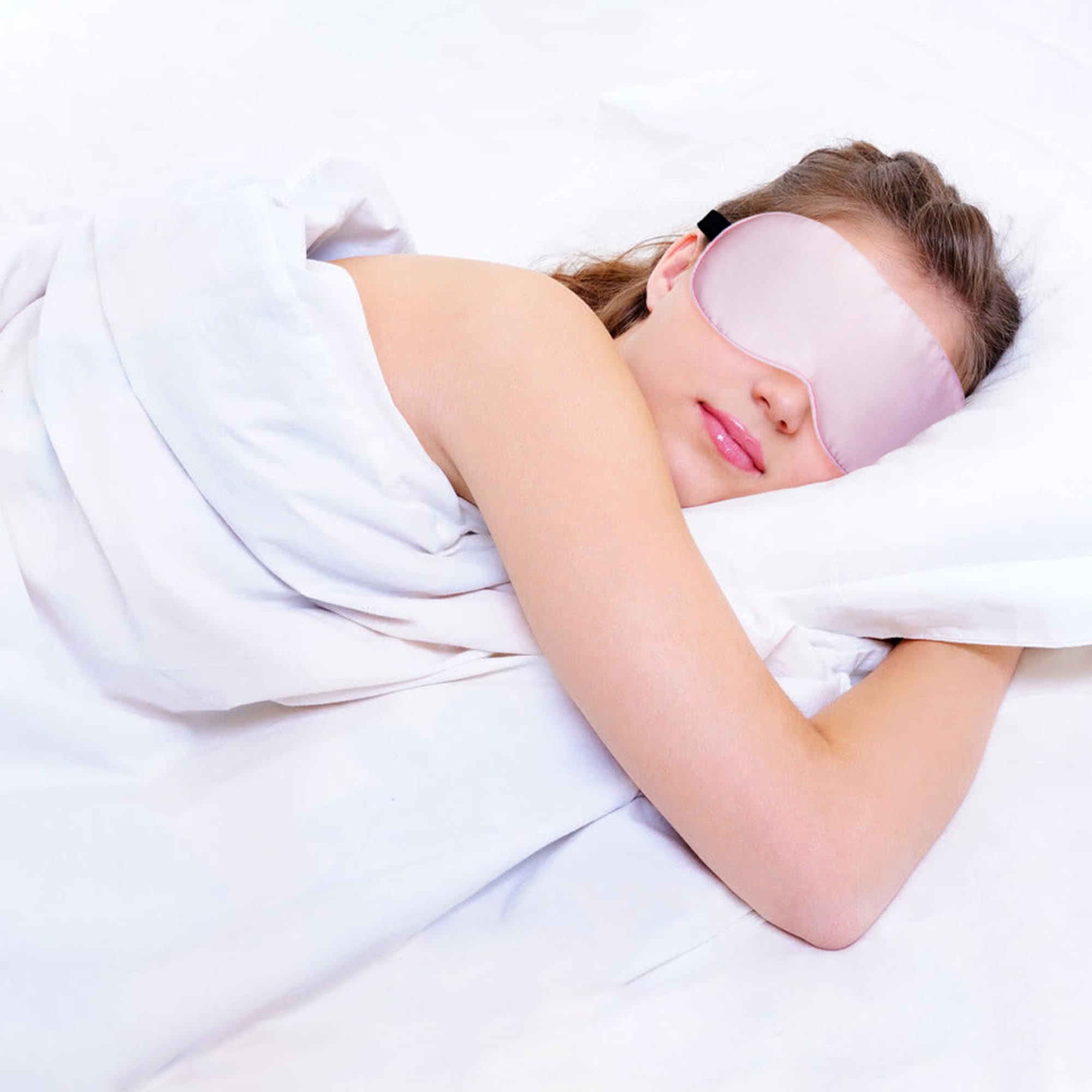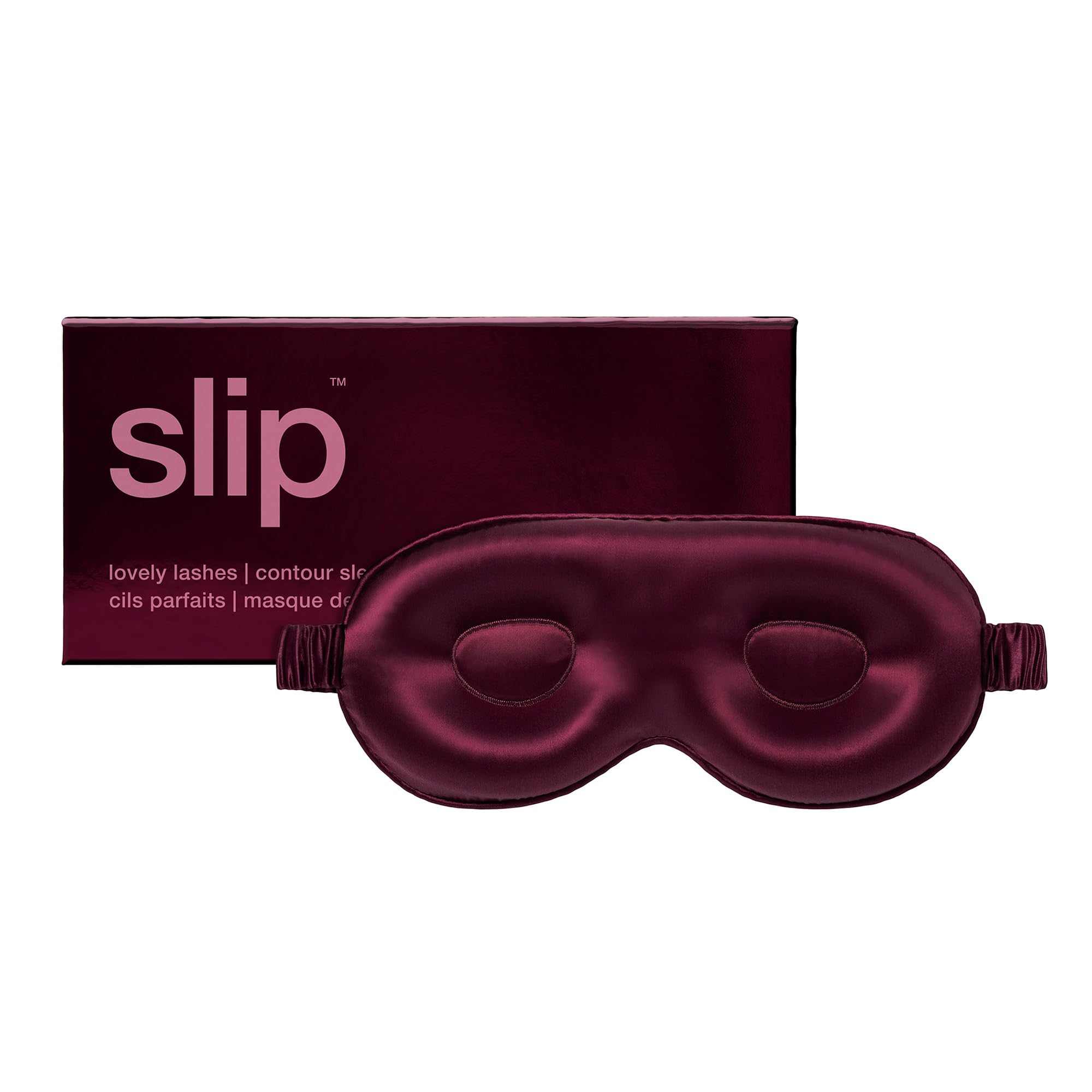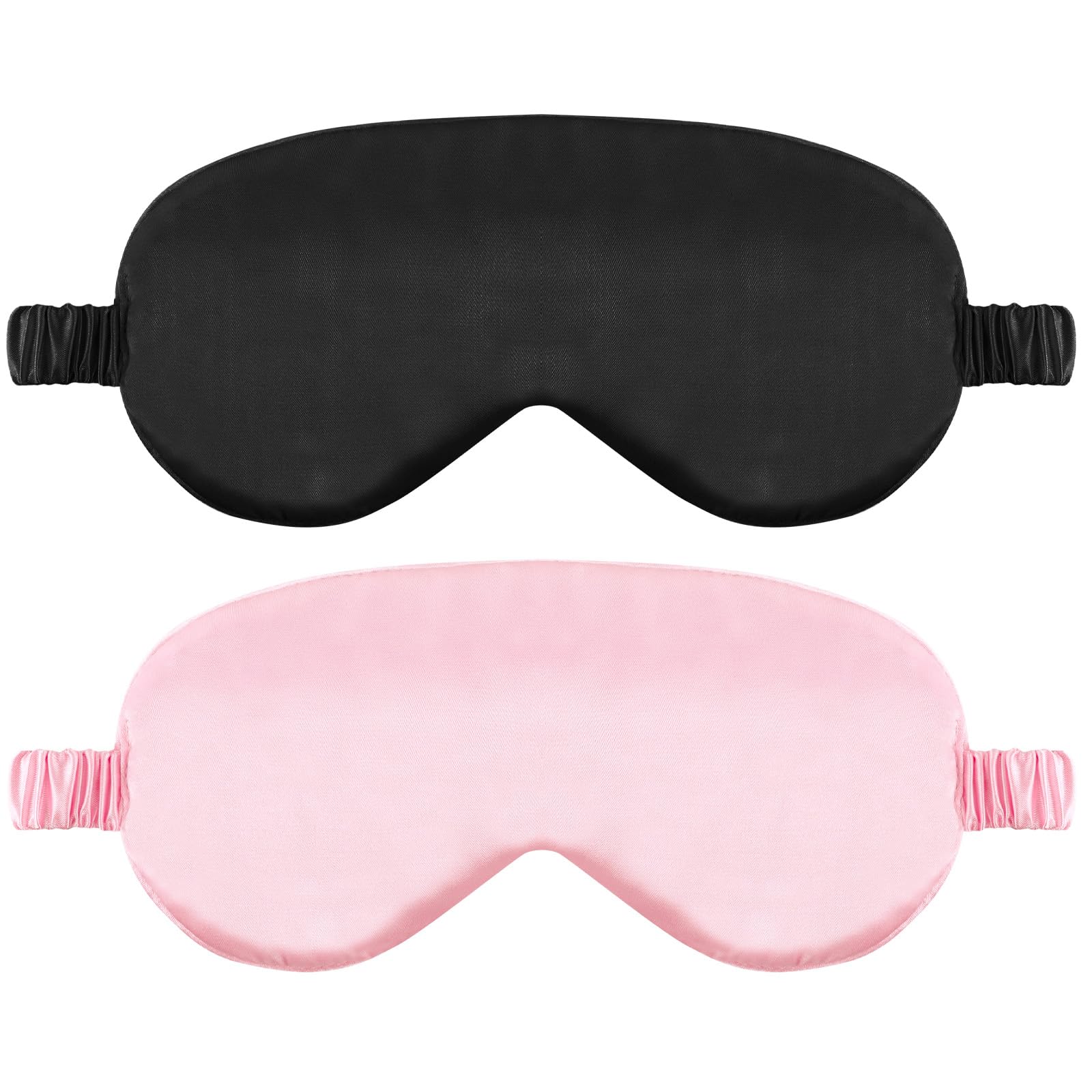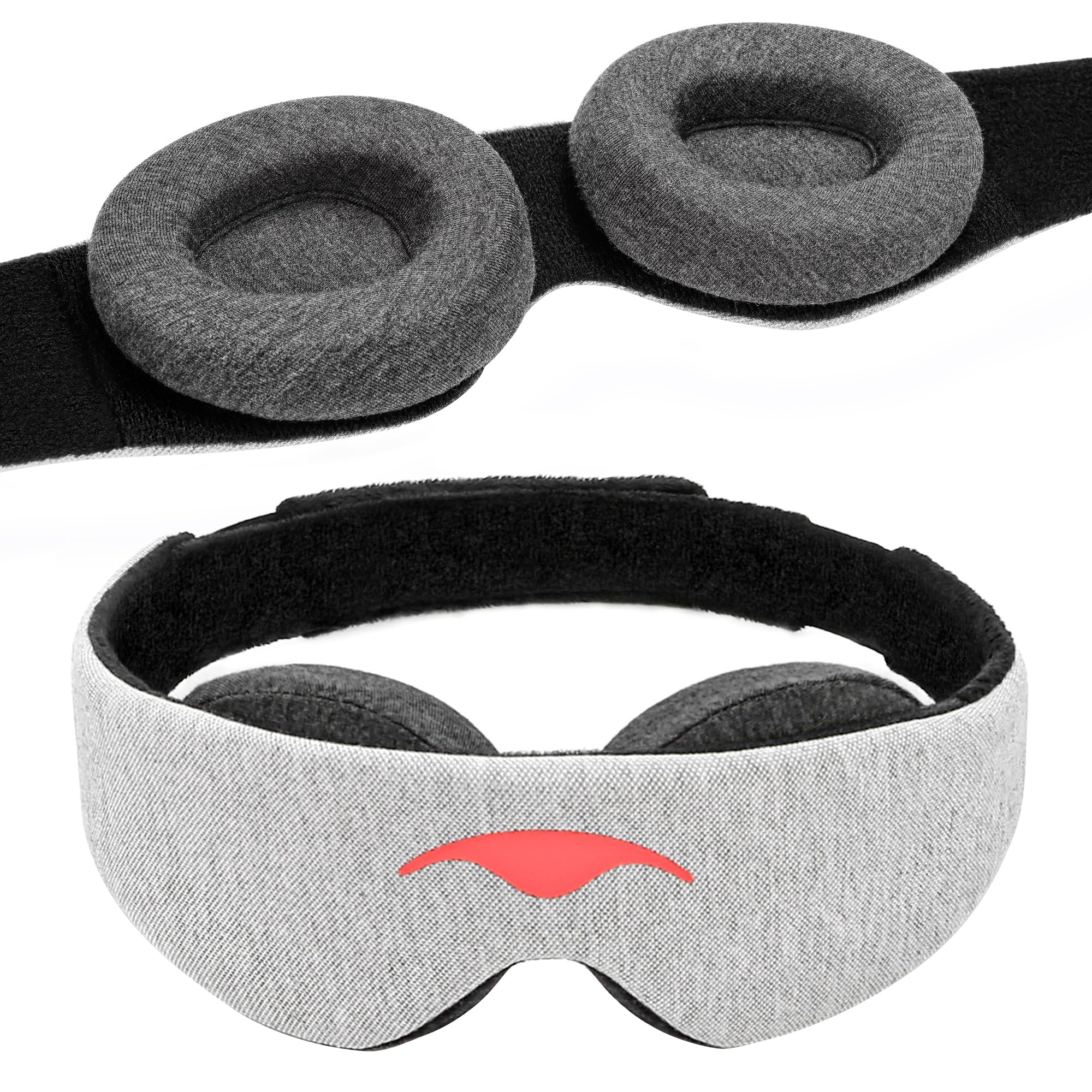A good sleep mask blocks light without pressing on your eyes. Two popular styles promise that balance in different ways. Contoured masks use shaped cups to lift fabric away from lashes. Flat masks use soft fabrics that mould to your face. This guide compares the two, explains how nose bridges and strap placement affect light leaks, and helps you choose a mask that stays comfortable through the night.
Light stays out with sleep masks that seal at the nose.
Fit and pressure points
Contoured masks have cups that resemble shallow eye shells. When the cups match your face, the mask avoids pressure on the eyelids and lashes while creating a small air gap. If the cups are too wide or too narrow, the mask can press on the bridge of the nose or leave gaps that leak light. Flat masks spread pressure more evenly. They can feel softer if the fabric is smooth and the padding is light, though there is a chance of eyelid contact. The best flat masks use gentle elastic and a broad band to distribute tension without a tight squeeze.
Light blocking and nose design
The nose is the hardest area to seal. Contoured masks can leak at the bridge if the cups pull the fabric away from the nose. Look for designs with a shaped or adjustable nose section that fills the gap without pinching. Flat masks with a small nose flap or a flexible bridge often seal surprisingly well. Test by facing a light and adjusting the bridge until leaks disappear. A mask that blocks light at the nose will feel darker even if the rest of the fabric is similar.
Lash space and makeup transfer
If you wear mascara or lash extensions, contact can smudge or bend lashes. Contoured cups help by holding fabric off the eyelashes. Not all cups are equal though. Deep cups can feel bulky and may shift when you roll. Shallow cups are low profile but must be the right width. Flat silk masks minimise friction. They rest lightly on the eyelids and are easier to wash. If lash protection is your top priority, start with a contoured mask. If you want a softer feel and do not mind light eyelid contact, a flat silk mask can be very comfortable.
Strap placement and comfort
High straps can pull the top edge of a mask down onto the nose, which increases leaks. Low straps can push the lower edge up when you sleep on your side. A two strap design spreads pressure and stabilises the mask. For single straps, choose a soft, wide band and adjust so it holds the mask in place without a tight squeeze. If you wear earplugs, set the strap slightly higher to avoid pushing your ears forward onto the plugs.
Fabrics and care
Silk feels cool and reduces friction on skin and hair. Cotton percale feels crisp and breathable. Memory foam contoured masks can feel cushioned but may run warm in summer. Pick a fabric that matches your bedroom temperature and washing routine. Wash masks regularly to avoid build up from skincare. A clean mask seals better and smells fresher, which makes it easier to relax.
Which style suits your face
If you have a prominent nose bridge, try an adjustable nose section or a mask with a wire insert so you can shape the seal. If your face is narrow, look for compact cups or smaller flat masks so edges do not bunch. People who toss and turn benefit from lower profile designs that are less likely to shift, whether contoured or flat.
Masks that seal well at the nose and stay comfortable on side sleepers feature in sleep masks that block light without pressure. If noise disturbs sleep, comfortable earplugs that suit side sleepers help.
FAQs
Do contoured masks always block light better?
Not always. Cup shape and nose design matter. A flat mask with a well designed nose bridge can block light as well or better than a contoured mask with poor nose coverage.
Will a contoured mask protect my lashes?
Yes, if the cups are deep enough and the mask does not shift. Test the fit by blinking. Your lashes should not touch the fabric.
Which fabric is best?
Silk is gentle and cool, cotton is breathable and easy to wash, and foam masks cushion pressure. Choose based on skin feel and washing habits.






